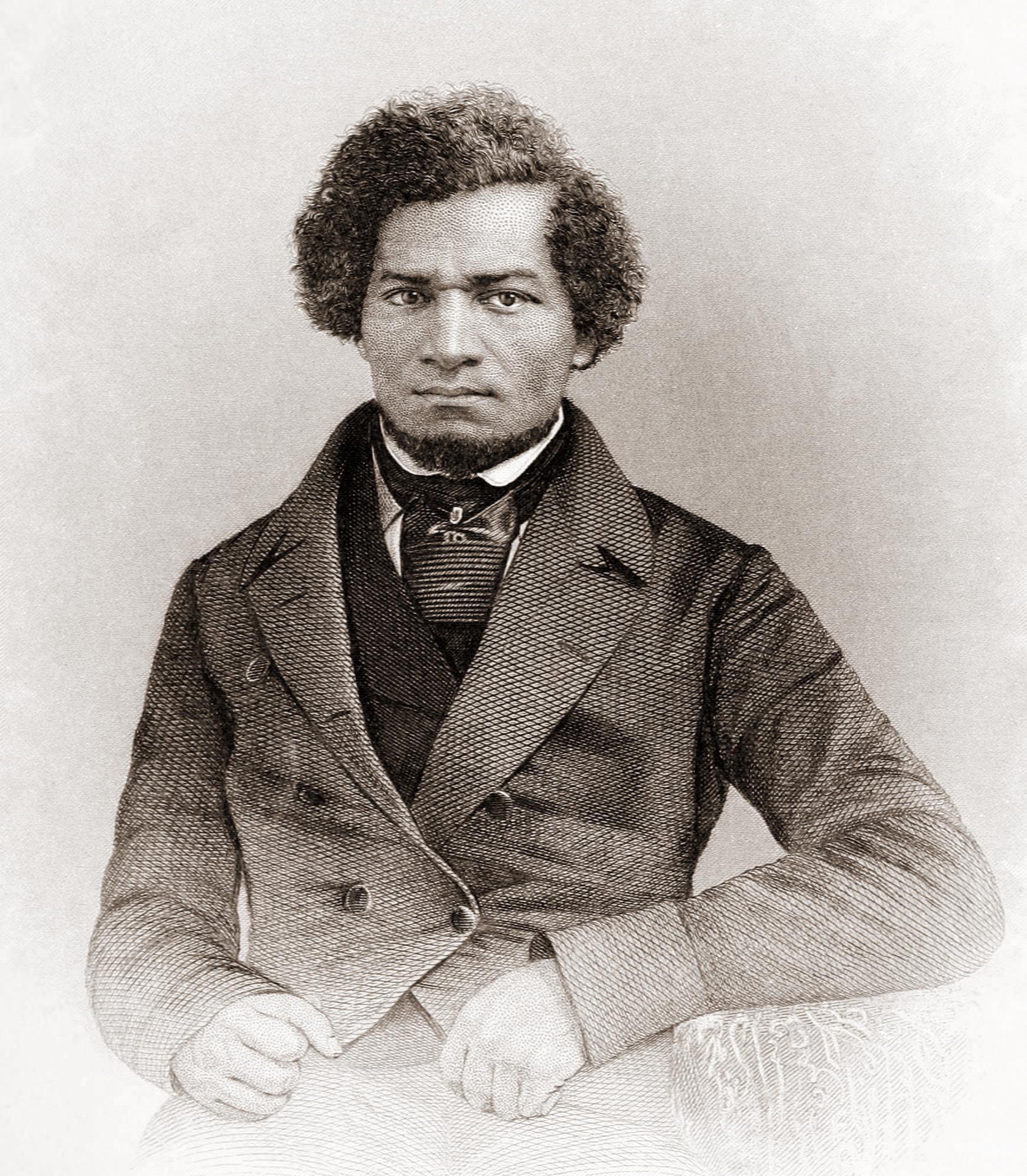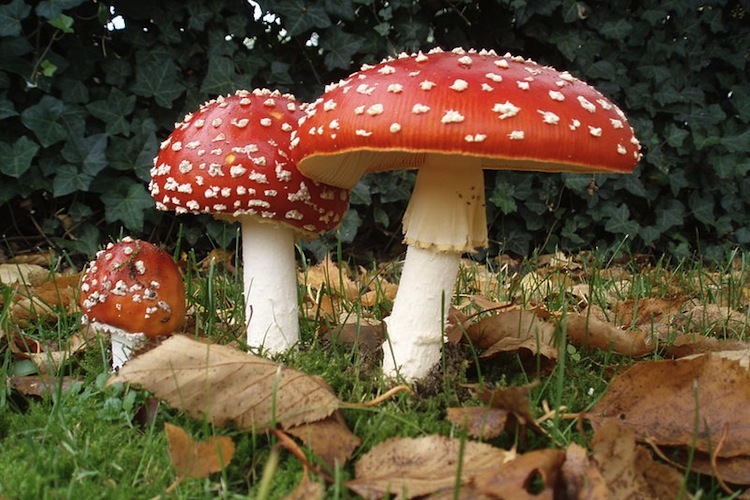|
Scammonin
Scammonin (also known as jalapin or scammonium) is a lipid glycoside In chemistry, a glycoside is a molecule in which a sugar is bound to another functional group via a glycosidic bond. Glycosides play numerous important roles in living organisms. Many plants store chemicals in the form of inactive glycosides. ... that has been isolated from '' Ipomoea purga'' (jalap or John the Conqueror root) and from '' Convolvulus scammonia'' (scammony). References External links Glycosides Glycolipids Plant toxins {{Carbohydrate-stub de:Skammonium ... [...More Info...] [...Related Items...] OR: [Wikipedia] [Google] [Baidu] |
Lipid
Lipids are a broad group of organic compounds which include fats, waxes, sterols, fat-soluble vitamins (such as vitamins A, D, E and K), monoglycerides, diglycerides, phospholipids, and others. The functions of lipids include storing energy, signaling, and acting as structural components of cell membranes. Lipids have applications in the cosmetic and food industries, and in nanotechnology. Lipids are broadly defined as hydrophobic or amphiphilic small molecules; the amphiphilic nature of some lipids allows them to form structures such as vesicles, multilamellar/ unilamellar liposomes, or membranes in an aqueous environment. Biological lipids originate entirely or in part from two distinct types of biochemical subunits or "building-blocks": ketoacyl and isoprene groups. Using this approach, lipids may be divided into eight categories: fatty acyls, glycerolipids, glycerophospholipids, sphingolipids, saccharolipids, and polyketides (derived from condensatio ... [...More Info...] [...Related Items...] OR: [Wikipedia] [Google] [Baidu] |
Glycoside
In chemistry, a glycoside is a molecule in which a sugar is bound to another functional group via a glycosidic bond. Glycosides play numerous important roles in living organisms. Many plants store chemicals in the form of inactive glycosides. These can be activated by enzymatic, enzyme hydrolysis, which causes the sugar part to be broken off, making the chemical available for use. Many such plant glycosides are used as medications. Several species of ''Heliconius'' butterfly are capable of incorporating these plant compounds as a form of chemical defense against predators. In animals and humans, poisons are often bound to sugar molecules as part of their elimination from the body. In formal terms, a glycoside is any molecule in which a sugar group is bonded through its anomeric carbon to another group via a glycosidic bond. Glycosides can be linked by an O- (an ''O-glycoside''), N- (a ''glycosylamine''), S-(a ''thioglycoside''), or C- (a ''C-glycoside'') glycosidic bond. Accord ... [...More Info...] [...Related Items...] OR: [Wikipedia] [Google] [Baidu] |
Ipomoea Purga
''Ipomoea purga'' is a species of flowering plant in the genus ''Ipomoea''. It is commonly referred to as jalap and is probably also the source of the John the Conqueror amulet legend. Description ''Ipomoea purga'' is described as a vine that can reach heights of . When fresh, the root is black externally, white and milky within, and varies in size according to its age. It has heart shaped leaves and purple trumpet like flowers. ''Ipomoea purga'' is rather difficult to break down, but if triturated with cream of tartar, sugar of milk, or other hard salts, the process of pulverization is much easier, and the powder rendered much finer. When in powder form in order to ingest, the color is a pale grayish brown. ''Ipomoea purga'' is native to Mexico and it is naturalized in other parts of the neotropics. Discovery ''Ipomoea purga'' was encountered by Spanish conquistadores during the conquest of Mexico. It was introduced to Europe in 1565 as a medical herb used to treat an array of ... [...More Info...] [...Related Items...] OR: [Wikipedia] [Google] [Baidu] |
John The Conqueror
John the Conqueror, also known as High John the Conqueror, John, Jack, and many other folk variants, is a deity from the African-American spiritual system called hoodoo. Due to there being little early written information on the John the Conqueror root, many of the earliest mentions are from oral traditions and in tales from escaped slaves like Frederick Douglass in his autobiography " Narrative of The Life of Frederick Douglass, an American Slave," published in 1845. He is associated with the roots of '' Ipomoea purga'', the John the Conqueror root or John the Conqueroo, a plant native to the South-eastern United States. Tales of magical powers are ascribed in African-American folklore to the plant, especially among practitioners of Hoodoo. Muddy Waters mentions him as Johnny Cocheroo in the songs " Mannish Boy" and " I'm Your Hoochie Coochie Man". In "Mannish Boy", the line is "I think I'll go down/To old Kansas too/I'm gonna bring back my second cousin/That little Johnny ... [...More Info...] [...Related Items...] OR: [Wikipedia] [Google] [Baidu] |
Convolvulus Scammonia
''Convolvulus scammonia'', commonly known as scammony, is a bindweed native to the countries of the eastern part of the Mediterranean basin; it grows in bushy waste places, from Syria in the south to Crimea in the north, its range extending westward to the Greek islands, but not to northern Africa or Italy. It is a twining perennial, bearing flowers like those of ''Convolvulus arvensis'', and having irregularly arrow-shaped leaves and a thick fleshy root. A cathartic resinous tincture known as ''scammoniae resina'', which is obtained from the dried root by digestion with ethanol has been used as a traditional medicine. Upon consumption, the resin is inert until it has passed from the stomach into the duodenum, where it meets the bile. A chemical reaction occurs between it and taurocholate and glycocholate in the bile, whereby it is converted into a powerful purgative which in high doses becomes a violent gastrointestinal irritant. Scammony kills both roundworm and tapeworm, esp ... [...More Info...] [...Related Items...] OR: [Wikipedia] [Google] [Baidu] |
Glycosides
In chemistry, a glycoside is a molecule in which a sugar is bound to another functional group via a glycosidic bond. Glycosides play numerous important roles in living organisms. Many plants store chemicals in the form of inactive glycosides. These can be activated by enzymatic, enzyme hydrolysis, which causes the sugar part to be broken off, making the chemical available for use. Many such plant glycosides are used as medications. Several species of ''Heliconius'' butterfly are capable of incorporating these plant compounds as a form of chemical defense against predators. In animals and humans, poisons are often bound to sugar molecules as part of their elimination from the body. In formal terms, a glycoside is any molecule in which a sugar group is bonded through its anomeric carbon to another group via a glycosidic bond. Glycosides can be linked by an O- (an ''O-glycoside''), N- (a ''glycosylamine''), S-(a ''thioglycoside''), or C- (a ''C-glycoside'') glycosidic bond. Accord ... [...More Info...] [...Related Items...] OR: [Wikipedia] [Google] [Baidu] |
Glycolipids
Glycolipids () are lipids with a carbohydrate attached by a glycosidic (covalent) bond. Their role is to maintain the stability of the cell membrane and to facilitate cellular recognition, which is crucial to the immune response and in the connections that allow cells to connect to one another to form tissues. Glycolipids are found on the surface of all eukaryotic cell membranes, where they extend from the phospholipid bilayer into the extracellular environment. Structure The essential feature of a glycolipid is the presence of a monosaccharide or oligosaccharide bound to a lipid moiety. The most common lipids in cellular membranes are glycerolipids and sphingolipids, which have glycerol or a sphingosine backbones, respectively. Fatty acids are connected to this backbone, so that the lipid as a whole has a polar head and a non-polar tail. The lipid bilayer of the cell membrane consists of two layers of lipids, with the inner and outer surfaces of the membrane made up of t ... [...More Info...] [...Related Items...] OR: [Wikipedia] [Google] [Baidu] |
Plant Toxins
A toxin is a naturally occurring poison produced by metabolic activities of living cells or organisms. They occur especially as proteins, often conjugated. The term was first used by organic chemist Ludwig Brieger (1849–1919), derived from '' toxic''. Toxins can be small molecules, peptides, or proteins that are capable of causing disease on contact with or absorption by body tissues interacting with biological macromolecules such as enzymes or cellular receptors. They vary greatly in their toxicity, ranging from usually minor (such as a bee sting) to potentially fatal even at extremely low doses (such as botulinum toxin). Terminology Toxins are often distinguished from other chemical agents strictly based on their biological origin. Less strict understandings embrace naturally occurring inorganic toxins, such as arsenic. Other understandings embrace synthetic analogs of naturally occurring organic poisons as toxins, and may or may not embrace naturally oc ... [...More Info...] [...Related Items...] OR: [Wikipedia] [Google] [Baidu] |

